As 3D printing expands, consumers will increasingly print 3D objects protected by existing copyright and trademark. This article analyzes potential copyright and trademark issues for users and growing 3D printing companies, including potential risks of direct and secondary copyright and trademark infringement claims.
Research and publish the best content.
Get Started for FREE
Sign up with Facebook Sign up with X
I don't have a Facebook or a X account
Already have an account: Login
Related articles to 21st Century Learning and Teaching as also tools...
Curated by
Gust MEES
 Your new post is loading... Your new post is loading...
 Your new post is loading... Your new post is loading...
Grace Creasey's curator insight,
August 11, 2014 9:42 AM
Really, really important for teachers to keep in mind as we start copying, re-posting and using! 
Olga Senognoeva's curator insight,
August 11, 2014 1:14 PM
Использование контента, защищенного авторскими правами.
|
|




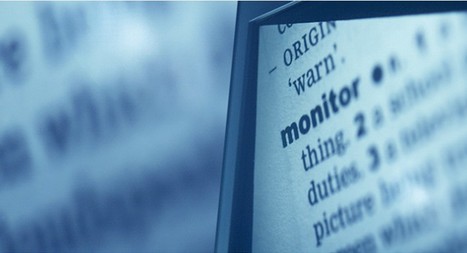

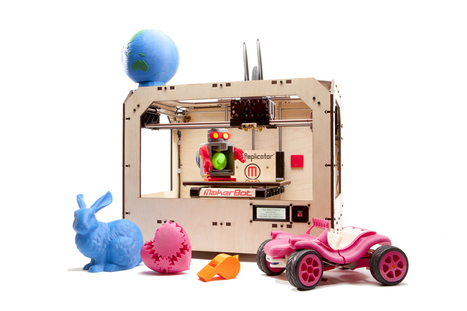
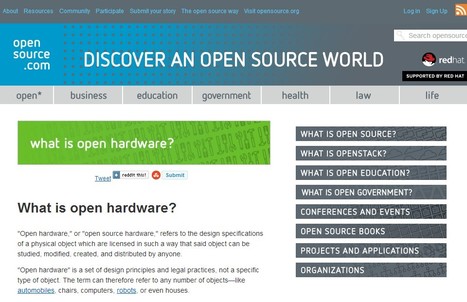
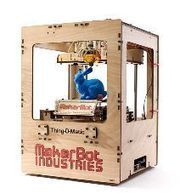
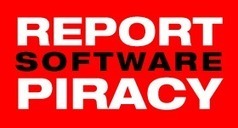
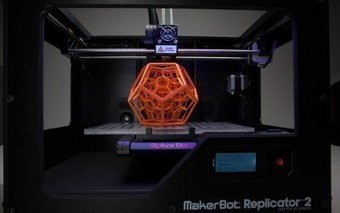





As 3D printing expands, consumers will increasingly print 3D objects protected by existing copyright and trademark. This article analyzes potential copyright and trademark issues for users and growing 3D printing companies, including potential risks of direct and secondary copyright and trademark infringement claims.